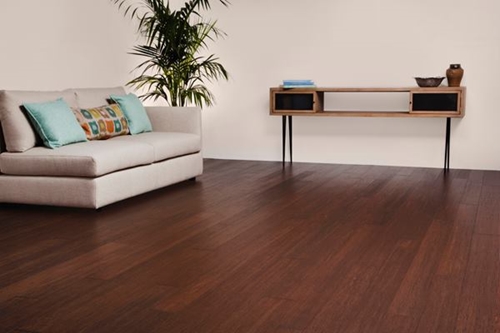Ways to remove formaldehyde from your home or business
Maintaining a healthy and clean office or home means keeping a close eye on the indoor air quality. One chemical that often finds its way into indoor spaces is formaldehyde. This is a colorless and odorless chemical that can be found in building materials and household products, such as glues and other adhesives, pressed-wood products, paint, cigarette smoke, disinfectants and more. According to the U.S. Environmental Protection Agency, formaldehyde is a type of human carcinogen, which is a cancer-causing substance. If you would like to see how much of this chemical is present in your home or office, you can test the indoor air quality with a kit that is available online. If you find out that the chemical is present, there are several things you can do to reduce the amount in the air and help eliminate it completely:
Bamboo flooring
Replace traditional wood flooring with bamboo. The material offers the same modern look of wood, but is often more affordable and much better for the environment. San Francisco-based company Smith & Fong offers bamboo flooring in a wide variety of textures and colors. All of their floors are created from sustainably harvested sources and are free of any formaldehyde, unlike some hardwood floors which can contain emissions of 0.237 parts per million. In fact, they have been examined by FloorScore Certified, which is a third party test for indoor air quality. Bamboo flooring can be installed anywhere from bathrooms and kitchens to bedrooms and conference rooms.
Plants
Indoor plants not only bring a natural beauty to any home or office, they help ventilate the air for a cleaner and healthier environment. More specifically, plants will help remove formaldehyde as well as other toxins that may be in the air. Aloe vera, for example, clears out formaldehyde and benzene, which can be found in chemical-based cleaners and paints. The spider plant is another effective shrub, warding off benzene, formaldehyde, carbon monoxide and xylene (a solvent used in rubber and leather).
Adequate ventilation
It's important to fill your space with fresh air to give toxins an opportunity to be flushed out. In the spring and summer when the temperatures warm up, make a habit out of opening the window during the day to let in some fresh air. In the winter when it's not possible to open the windows, purchase a whole-house ventilation system, which supplies fresh air to the entire house or building.
Moderate temperatures
The temperature at which you keep your space can have a big impact on the formaldehyde levels in the air. Increased temperature and humidity can cause formaldehyde emissions to rise. Be sure to keep indoor temperatures low, but comfortable.







